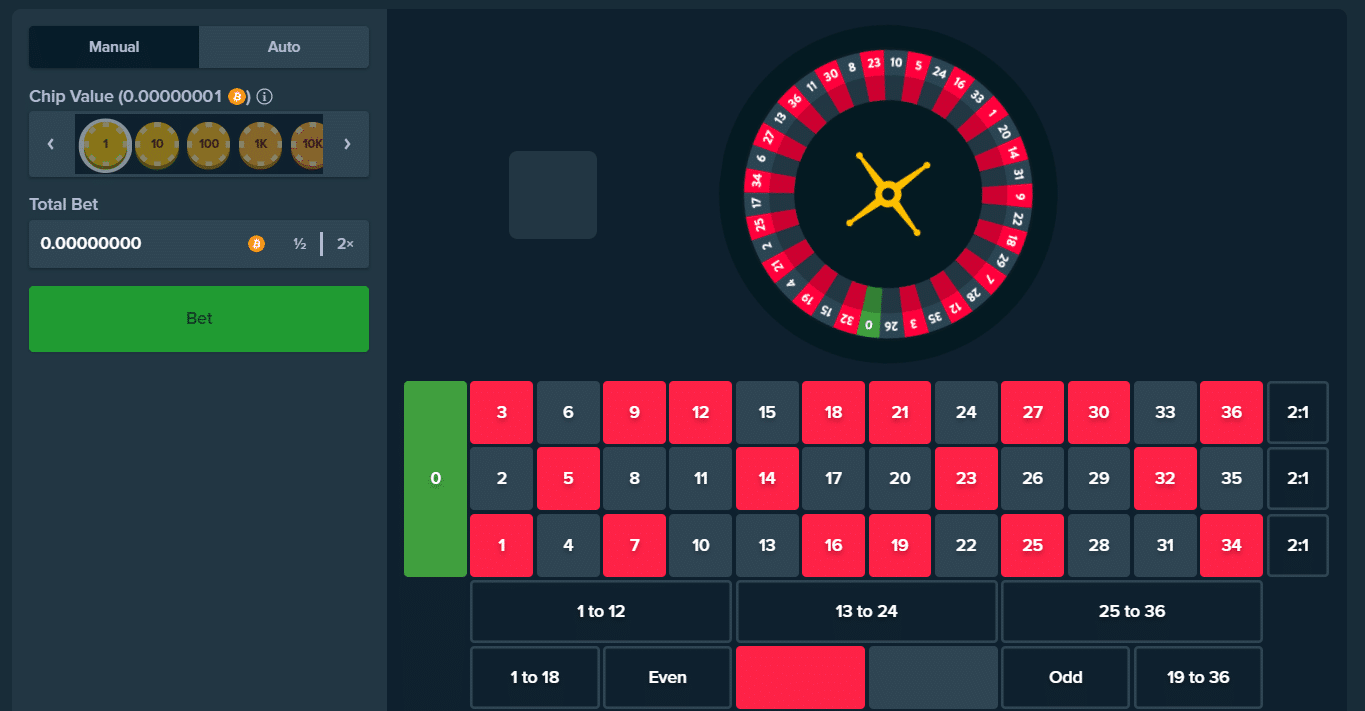
Many gamers overlook that cashing out in Big Bamboo isn’t just about timing—it’s about strategically aligning with market shifts and personal goals. Identifying patterns in market sentiment or volume can signal when it’s advantageous to liquidate. Your decision should merge insights with a calculated risk strategy, ensuring financial objectives are met. Remember, seizing the right moment requires balancing composure and agility. Curious about how seasoned players manage https://bigbamboos.com/ this balance?
Key Takeaways
- Analyze market trends to identify optimal cash-out moments for maximum returns in Big Bamboo.
- Recognize pivotal shifts in market sentiment as indicators for cashing out.
- Set clear financial milestones to determine when to cash out for strategic financial gains.
- Implement risk management techniques to decide cash-out points based on predefined loss and gain thresholds.
- Monitor experienced players’ cash-out strategies to inform your own decision-making process.
Understanding the Game Mechanics
Ahead you even consider about cashing out in Big Bamboo, it’s essential to grasp the game dynamics that could tip the equilibrium in your advantage. Understanding these factors isn’t just a inactive engagement; it’s a strategic venture. You’ll need to investigate into the intricacies of the game strategy that dictate the ebb and flow of your experience. Identify how each step affects the return structure, as this constitutes the foundation of your potential profits. A calculated approach demands you decipher how payouts align with your play style, urging precision and foresight. Evaluate how risk and endurance blend into a cohesive success scheme. This insight leads you to predict the best scenarios for highest returns, putting you on a route to educated cash-out options.
Recognizing Conduct Patterns
Although it might appear intuitive at initial glance, noticing behavioral patterns in Big Bamboo is a complex skill that distinguishes novices from seasoned players. You’ll want to hone in on behavioral cues that signal an opponent’s goals. Strategic players will often display subtle decision patterns, showing when they feel assured, careful, or insecure. Observing these can guide your choices, aiding timely actions, like cashing out. Approach each move like chess, foreseeing opponent strategies based on these patterns. It’s about developing predictive models in your mind. By paying attention on these cues, you’ll not only enhance your gameplay but also outmaneuver competitors. Your mastery of reading behaviors becomes an essential asset, transforming potential losses into measured victories. Focus, analyze, and dominate.
Evaluating Risk Tolerance
To effectively evaluate your risk tolerance, start by determining your financial limits to comprehend how much you can afford to lose without endangering your goals. Next, assess your emotional comfort with ambiguity to ensure that your investment decisions don’t lead to unnecessary stress. Finally, define a clear exit strategy that matches with both your financial objectives and personal well-being, giving you certainty in the timing of your cash-out decision in Big Bamboo.
Identify Financial Limits
How do you establish the stage where risk becomes too excessive to bear? Start with a detailed budget review. Analyze your income sources and constant obligations to spot discrepancies between your economic ambitions and constraints. Understand your spending limits by computing essential expenditures versus discretionary spending. This illuminates the maximum acceptable loss you can endure without compromising your economic stability.
Strategically, adopt a systematic approach to set clear parameters. Factor in potential market changes and how they impact your available assets. By reviewing these economic parameters, you create a measurable framework that guides your risk assessment behavior. Always aim for a harmony—maximize growth capacity while safeguarding your core resources. This tactical balance is vital to making knowledgeable decisions when traversing the challenges of Big Bamboo.
Assess Emotional Comfort
Balancing financial stability with emotional well-being is fundamental in analyzing your risk capacity within Big Bamboo. Identifying your emotional triggers can avoid impulsive actions that interfere with strategic targets. Identifying these signals gives you understanding into your comfort zones, allowing you to navigate market changes with grace. When you understand what ignites stress or triggers panic, you’re more ready to make decisions that match with your long-term objectives. Think on past events where discomfort caused to premature responses. Was it market fluctuation or fear of loss? By recognizing these patterns, you can create an method that respects both your financial goals and emotional constraints. Analyzing emotional well-being isn’t about shunning risks entirely; it’s about embracing risks that correspond with your emotional fortitude.
Define Exit Strategy
Developing an exit approach in Big Bamboo necessitates strategic insight and a keen analysis of your risk capacity. You must steer the difficulties of exit timing with accuracy, comprehending that your financial outlook could hinge on such determinations. Start by analyzing your satisfaction with market volatility and likely loss. Ask yourself this: Can you bear a turbulent experience, or do you prefer security? This understanding will guide your strategic exit plan.
Next, coordinate your exit timing with market metrics, personal objectives, and risk analysis. A early exit might sacrifice potential returns, whereas a delayed one threatens losses. Regularly reviewing your plan ensures adjustability to shifting market conditions. Mastering this process means you’re not just involved in Big Bamboo; you’re actively directing your financial achievement.
Setting Financial Goals

To effectively determine when to cash out in Big Bamboo, start by defining clear financial goals that align with your broader life goals. Prioritize your cash flow needs to ensure you’re well-prepared for both short-term obligations and long-term goals. Assess current market patterns strategically, as they can significantly impact your timing and financial results.
Define Your Financial Milestones
Establishing clear financial targets sets the basis for achieving your long-term financial objectives and offers a planned roadmap for decision-making. Begin by establishing what victory means for you. Are you striving for early retirement or acquiring assets? Milestones mapping enables you to arrange these goals into doable steps. Match them with relevant financial standards to assess progress precisely. For case, if your goal is to buy a second property, establish the required savings and schedule. Each milestone should be clear, trackable, and deadline-driven. Frequently reviewing these markers ensures that you’re on track. By centering on measurable outcomes, you develop a structured approach to wealth management. Ultimately, a precisely articulated milestones roadmap leads you in determining when it’s sensible to liquidate out.
Prioritize Cash Flow Needs
With your financial milestones in order, now tackle your cash flow requirements to successfully set your financial goals. Commence with cash flow enhancement by examining your income and outflows. Record these diligently to ensure liquidity management meets your targets. Think about the next steps:
- Evaluate Current Status
Perfecting these steps enhances your financial knowledge, securing security and liquidity, essential for achieving financial success.
Assess Market Patterns
Although economic landscapes constantly shift, staying attuned to market trends is vital for setting robust financial goals. Begin with comprehensive market analysis, identifying patterns and anomalies that could impact your investments. This isn’t just about charts and numbers; focus on what they reveal about upcoming opportunities. Integrate trend forecasting into your strategy, looking beyond the present to anticipate changes before they fully ripple through the markets.
Harnessing these insights can refine your financial goals, aligning them more closely with possible opportunities or pitfalls. Don’t just react—act strategically by setting a timeline for reassessment, ensuring your goals remain relevant. By mastering trend insights, you not only protect your investments but position yourself favorably for when it’s time to cash out in Big Bamboo.
Utilizing Strategic Observations
How can you successfully use planned observations when choosing to cash out in Big Bamboo? First, emphasize on tactical timing
- Market Patterns
- Competitor Actions
- Regulatory Changes
Identifying Pivotal Moments
Identifying the right moment to cash out requires more than just understanding the patterns and movements. It calls for a strategic eye for spotting pivotal moments within the market flow. These aren’t mere fluctuations; they’re junctures where the trajectory and sentiment significantly change. You need to hone your capability to discern these indicators—whether they manifest through unusual volume changes, sector trends, or macroeconomic news. Precision in observation allows for timely cashing out, maximizing gains while minimizing issues. Cultivate an adaptive mindset, constantly evaluating the interplay between current market dynamics and historical precedents. Insightful analysis enables you to detect when a peak is not just a peak but a signal: a pivotal moment pointing you either to hold or to execute your cashing-out strategy.
Implementing Risk Management Techniques
To effectively execute risk management techniques:
- Set Clear Limits
- Diversify Investments
- Regular Reviews
These strategic actions fortify your financial position, grounding https://www.crunchbase.com/organization/jumaplay-games you in preparation and precision.
Learning From Experienced Players
Experienced players in the financial arena often serve as essential mentors, offering guidance that can’t be gleaned from textbooks alone. They understand the complex dance of market dynamics, merging educational strategies with profound knowledge of player psychology. By observing their tactics, you grasp the subtle hints they use to time their cash-outs effectively in a volatile setting like Big Bamboo.
Learn from their meticulous analysis of trends, their tactical patience, and their ability to maintain calm under pressure—key factors that hone your financial acumen. When you understand why they act, not just what they do, you’re equipped to develop a nuanced intuition. This mastery enables you to seize opportunities and navigate the financial landscape with a keen, tactical edge.
Frequently Asked Questions
Are There Tax Implications When Cashing Out in Big Bamboo?
You need to consider tax implications like tax benefits and reporting requirements. Understanding these factors is crucial for maximizing benefits. Strategically assess how cashing out impacts your monetary position and ensure adherence for optimal advantage.
How Does Cashing Out Impact Your Eligibility for Promotions?
Navigating the maze of cashing requirements can considerably influence your advancement eligibility. It’s crucial to strategize your cashing out decisions wisely; alternatively, you might unknowingly burn connections that could lead to rewarding promotion opportunities.
What Are the Technical Steps for Initiating a Cash Out?
To master the cash out method, you’ll need to navigate the game dynamics strategically. Access your dashboard, select disbursement, confirm your sum, and complete the transaction. Understand these steps thoroughly to optimize your interaction and success.
Is There a Minimum Amount Required to Cash Out in the Game?
You’re wondering about cash out ceilings, right? Analyze the game’s withdrawal barriers strategically. Consider market situations and personal goals. Knowing when the minimum amount’s met optimizes your cash out approach and enhances your overall gaming mastery.
Can Cashing Out Affect Your Player Ranking Within Big Bamboo?
Cashing out can influence your player ranking in Big Bamboo. Develop strategic cashing tactics that maintain player loyalty and boost positions. Master the balance between immediate returns and long-term prosperity to optimize your overall gaming engagement.
